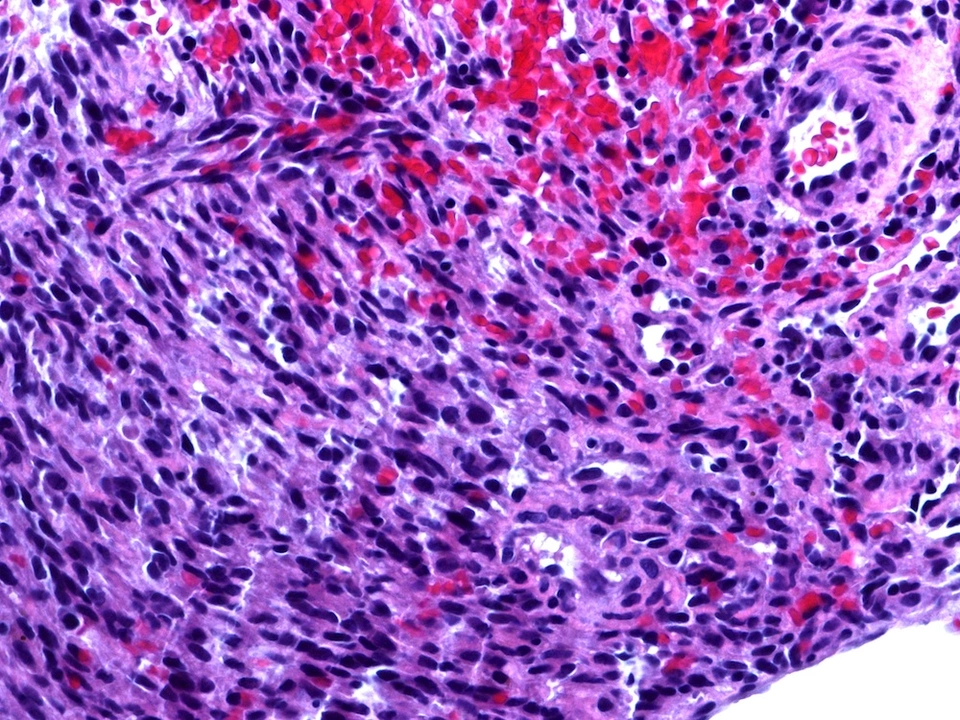Kaposi sarcoma — what to know
Kaposi sarcoma is a type of cancer that usually shows up as purple, red, or brown patches on the skin. It can also affect the mouth, lymph nodes, and internal organs. The cause is a virus called human herpesvirus 8 (HHV-8). Not everyone with HHV-8 gets Kaposi sarcoma — it appears mainly when the immune system is weakened.
There are four main forms: classic, endemic, transplant-related, and epidemic (linked to HIV). Classic affects older adults of Mediterranean or Eastern European background. Endemic occurs in parts of Africa. Transplant-related happens after organ transplant because of immune suppression. Epidemic Kaposi sarcoma is tied to untreated HIV and is most common in that group.
Early signs are usually painless skin spots that don’t go away. They might grow or join together over time. If spots appear inside the mouth, you may notice bleeding, discomfort, or trouble swallowing. Lung or gut involvement can cause cough, shortness of breath, abdominal pain, or blood in stool. Tell your doctor if you notice new, unusual skin patches or any of these symptoms.
Your doctor will examine the spots and may take a small skin biopsy to confirm the diagnosis. Blood tests, imaging (like CT or chest X-ray), and endoscopy can check for internal disease. If you have HIV, your HIV care and viral load matter a lot for treatment decisions.
Treatment depends on how widespread the disease is and your overall health. For limited skin lesions, options include cutting them out, freezing, or injecting medicine directly into the spots. If disease is more widespread, doctors use chemotherapy or targeted drugs that block pathways the cancer needs. For HIV-related Kaposi sarcoma, starting or optimizing antiretroviral therapy (ART) often helps lesions shrink and lowers the risk of new ones.
Side effects vary by treatment: local therapy usually causes minimal issues, while systemic chemotherapy can cause nausea, low blood counts, and fatigue. Talk with your care team about what to expect and how to manage side effects. Ask about clinical trials if standard options aren’t working — some newer drugs help people who haven’t responded to other treatments.
Preventing Kaposi sarcoma focuses on controlling risk factors. For people with HIV, consistent ART and keeping the immune system strong reduce the chance of developing it. For transplant patients, doctors carefully balance immune suppression to avoid rejection while lowering cancer risk. There’s no vaccine for HHV-8, so prevention is mostly about immune health and safe medical care.
When to get help
See a doctor for any new, persistent skin spots, unexplained mouth sores, breathing problems, or abdominal symptoms. If you have HIV or take immune-suppressing drugs, mention these symptoms quickly — early care makes treatment simpler and more effective.
Where to learn more
Trusted sources include your healthcare team, local cancer centers, and patient groups focused on HIV and skin cancers. If you need affordable medicines or help finding care, check reputable online pharmacies and patient assistance programs vetted by medical professionals.
Ask your doctor for clear next steps and a care plan you understand.
Bring a friend to appointments.
